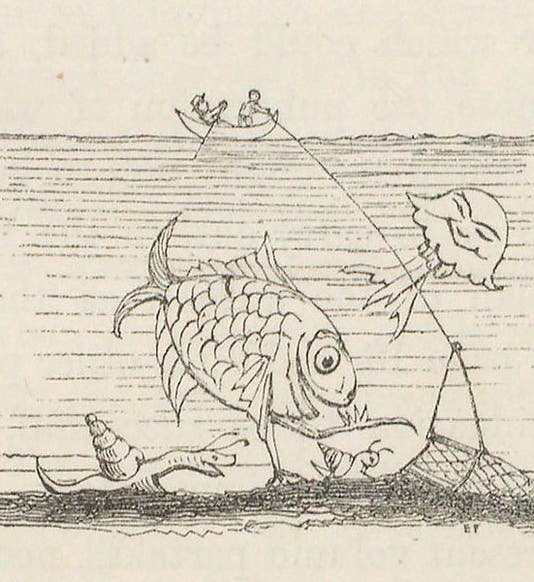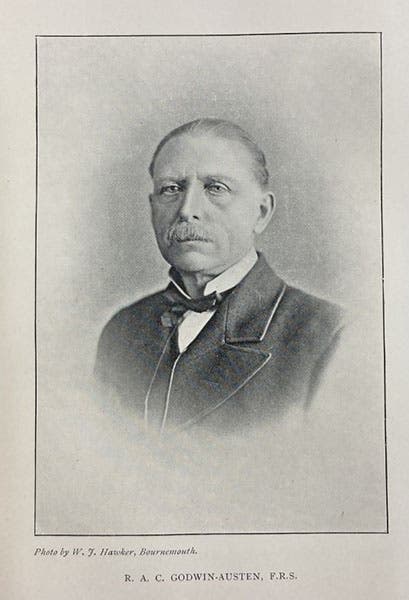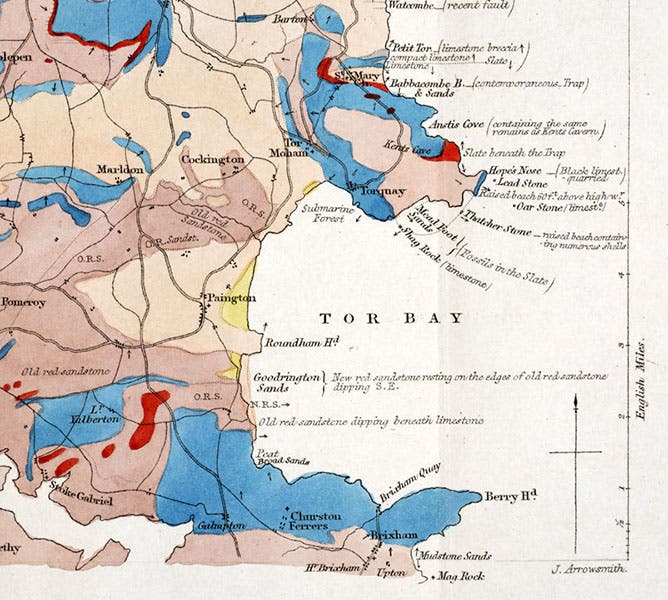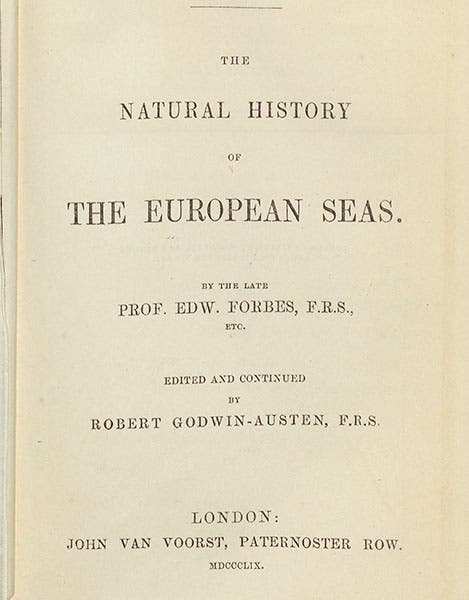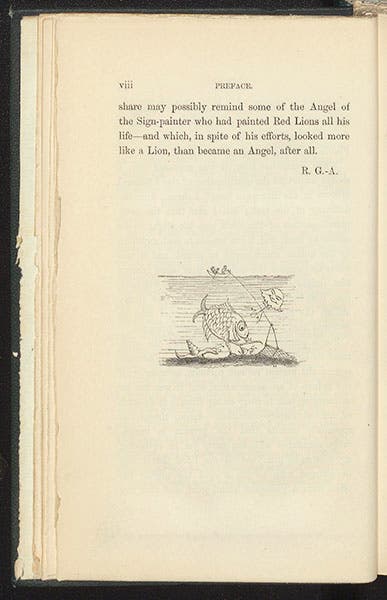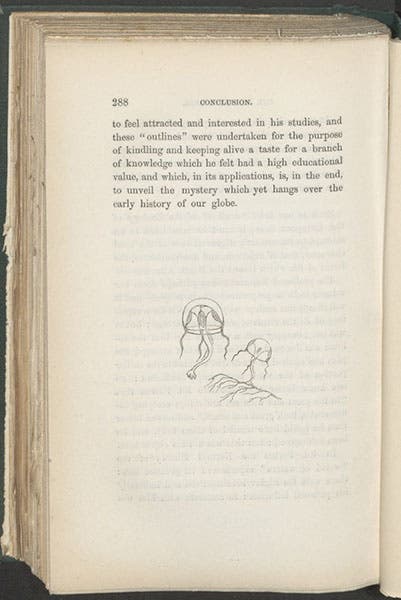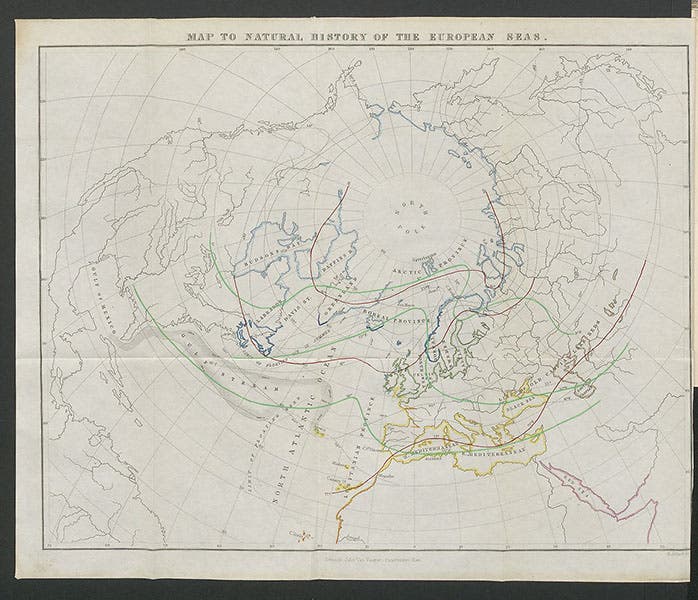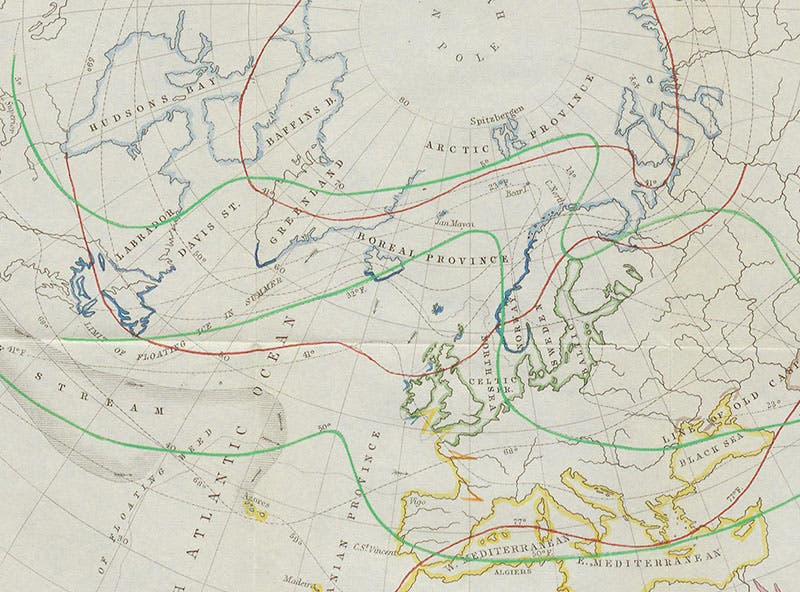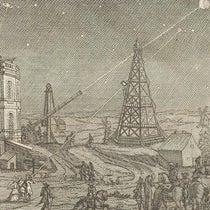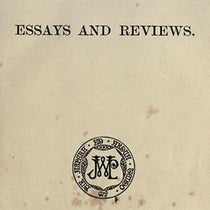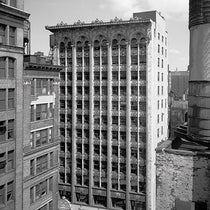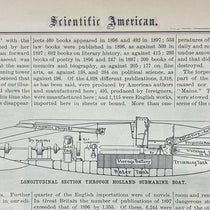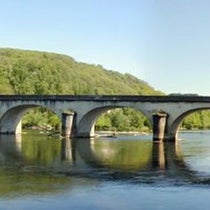Scientist of the Day - Robert Godwin-Austen
Robert Godwin-Austen, an English geologist and naturalist, was born Mar. 17, 1808. An Austen by birth, he married a wealthy woman, Maria Elizabeth Godwin, and when she acquired her inheritance in 1854, he took her name and acquired his hyphen. His main interest was geology, and he contributed a number of papers to the Geological Society of London on the geology of Devonshire and Surrey and other parts of southern England. These were published in the Society's Transactions, often accompanied by hand-colored geological maps. I remember some years ago when we were putting together an exhibition on the discovery of human antiquity, I was looking for a map of the Tor Bay region, which contained two important caves, Kent's Hole and Brixham Cave. I was happy to discover Godwin-Austen's map of south-east Devon, and we used it in our exhibition to orient viewers, and also delight them with the beauty of 19th-century geological maps. The map did not make its way into the Blade and Bone catalog, so we show a detail of Godwin-Austen’s map of the Tor Bay region here (third image).
But today, we are going to focus on Godwin-Austen's role as editor and midwife. One of his very good friends was Edward Forbes, an invertebrate zoologist and one of the pioneers of oceanography, inventing dredges with which to sample the creatures on the ocean floor. Godwin-Austen was pleased when his friend was finally appointed a professor at the University of Edinburgh in 1854, and then devastated when Forbes died that same year. Forbes was working on a book, The Natural History of the European Seas, and had written about half, when he suddenly expired. Forbes left his manuscripts to Godwin-Austen, who devoted five years of his professional life to finishing the book and seeing it through the press in 1859 (fourth image, below). It is notable for two graphic features: its charming wood-engraved tailpieces, which were sketched by Forbes, and the frontispiece map.
Forbes did not invent the wood-engraved tailpiece – credit for that goes to Thomas Bewick for showing how to tuck a tiny visual treat into the blank space at the end of a chapter. You can see several of Bewick's tailpieces at our post on Bewick. Forbes included many tailpieces (and headpieces), which he drew himself, in his first book, A History of British Starfishes (1841); in our post on Forbes, we showed two of his tailpieces, although we did not include any enlargements. The Natural History of the European Seas has only two tailpieces (there would certainly have been more, had Forbes lived to complete the book), but one of them is now a classic in the history of oceanography (first and fifth images). Decorating the space at the end of the preface, the small wood engraving is notable for being the first image of a dredge in action. It is also whimsical, which is why it is so appealing. The other tailpiece, near the end of the book, merely depicts several jellyfish, but you cannot help but smile when you see it on the page (sixth image).
The other notable feature of Forbes' posthumous book is the map frontispiece. This is a small octavo book, so the map had to be folded quite a few times to fit into the volume. It shows the principal oceanic provinces that Forbes discussed in the book, regions with different populations of flora and fauna, separated from one another by lines indicating the mean annual summer and winter temperatures of the seas. We show both the entire map and a detail (seventh and eighth images). Forbes was a pioneer in dividing up the deep sea into provinces that were homes to different kinds of organisms. But he was not a cartographer, and although the text does not indicate who put together the map, we suspect the honor goes to Godwin-Austen, an experienced mapmaker.
Godwin-Austen spend much of his life at Shalford House, the splendid Godwin family estate in Surrey. The building was unfortunately demolished in the 1960s.
Dr. William B. Ashworth, Jr., Consultant for the History of Science, Linda Hall Library and Associate Professor emeritus, Department of History, University of Missouri-Kansas City. Comments or corrections are welcome; please direct to ashworthw@umkc.edu.

